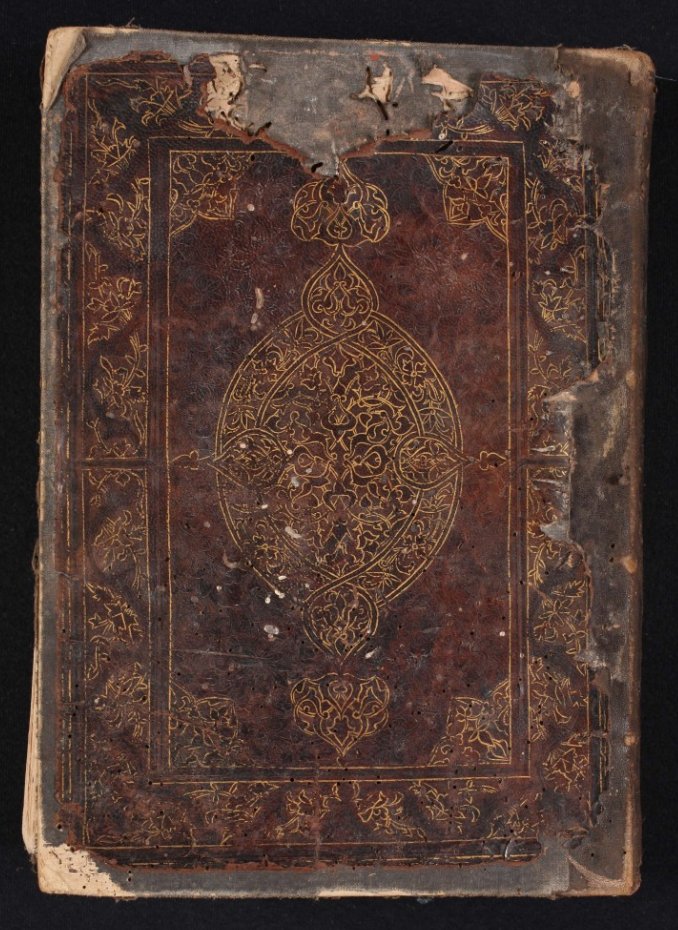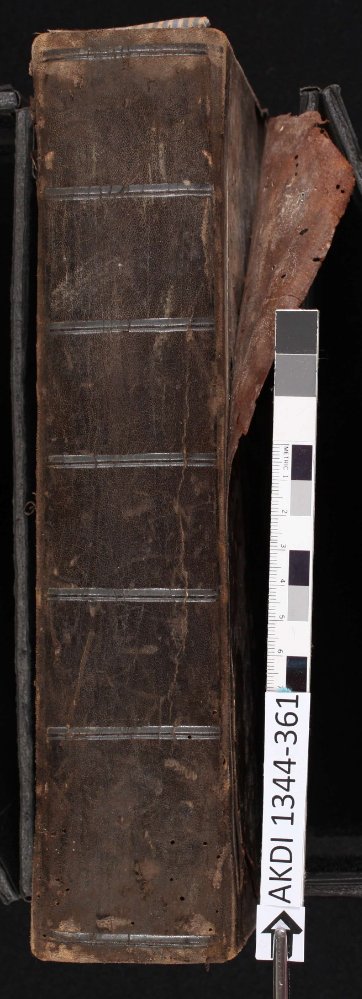So let's start real basic: what is a manuscript? Might be almost anything written by hand--or today, even a typed text before it's officially published. Sometimes it's a scroll, or a fragment of papyrus. In the Islamic context, it's almost always a book, called a codex. -jm
Now, that codex might be bound in a cover or unbound, or it might even be a single sheet (including some official legal declarations and the like). But where you have a long text, it's almost always going to be a series of pages bound at the spine like printed books today. -jm
While the printing press became dominant in the European book industry fairly quickly after the time of Gutenberg, it was introduced into Muslim-majority regions later and was slower in displacing manuscripts there, so you end up with late manuscripts like this one from 1932. -jm
So while manuscripts in Europe are often associated with the Middle Ages, or occasionally even earlier, there were thriving cultures of manuscript production under Muslim rule until well into the modern period, as with this beautiful prayer book by an 18th-century author. -jm
Another important thing: many European manuscripts are written on parchment, i.e. animal skin. This was used for some early manuscripts of the Qur'an and other texts (example pictured). But paper was introduced to the Middle East from China around the 8th century. -jm
Paper was a hit! It was much cheaper to produce than parchment and--paired with the thriving economy of the caliphate--enabled a massive surge in scholarly production for many centuries. The vast majority of Islamic manuscripts are written on paper. -jm
Unlike a printed book, where we expect every copy to be nearly identical (unless the text is issued in multiple editions), each manuscript copy of a text is unique. This includes decorations, but also variants in the text that can be compared with other manuscript copies. -jm
That means we might have a manuscript like this, where the text was composed by its author in 1367, but the manuscript was copied in 1739. Both dates are significant! Both are events with different contexts that help us understand the manuscript and its contents. -jm
Manuscripts in this thread: https://w3id.org/vhmml/readingRoom/view/519623; https://w3id.org/vhmml/readingRoom/view/509755; https://w3id.org/vhmml/readingRoom/view/510060; https://w3id.org/vhmml/readingRoom/view/135237; https://w3id.org/vhmml/readingRoom/view/140581; https://w3id.org/vhmml/readingRoom/view/510243; https://w3id.org/vhmml/readingRoom/view/501679; https://w3id.org/vhmml/readingRoom/view/137290

 Read on Twitter
Read on Twitter










